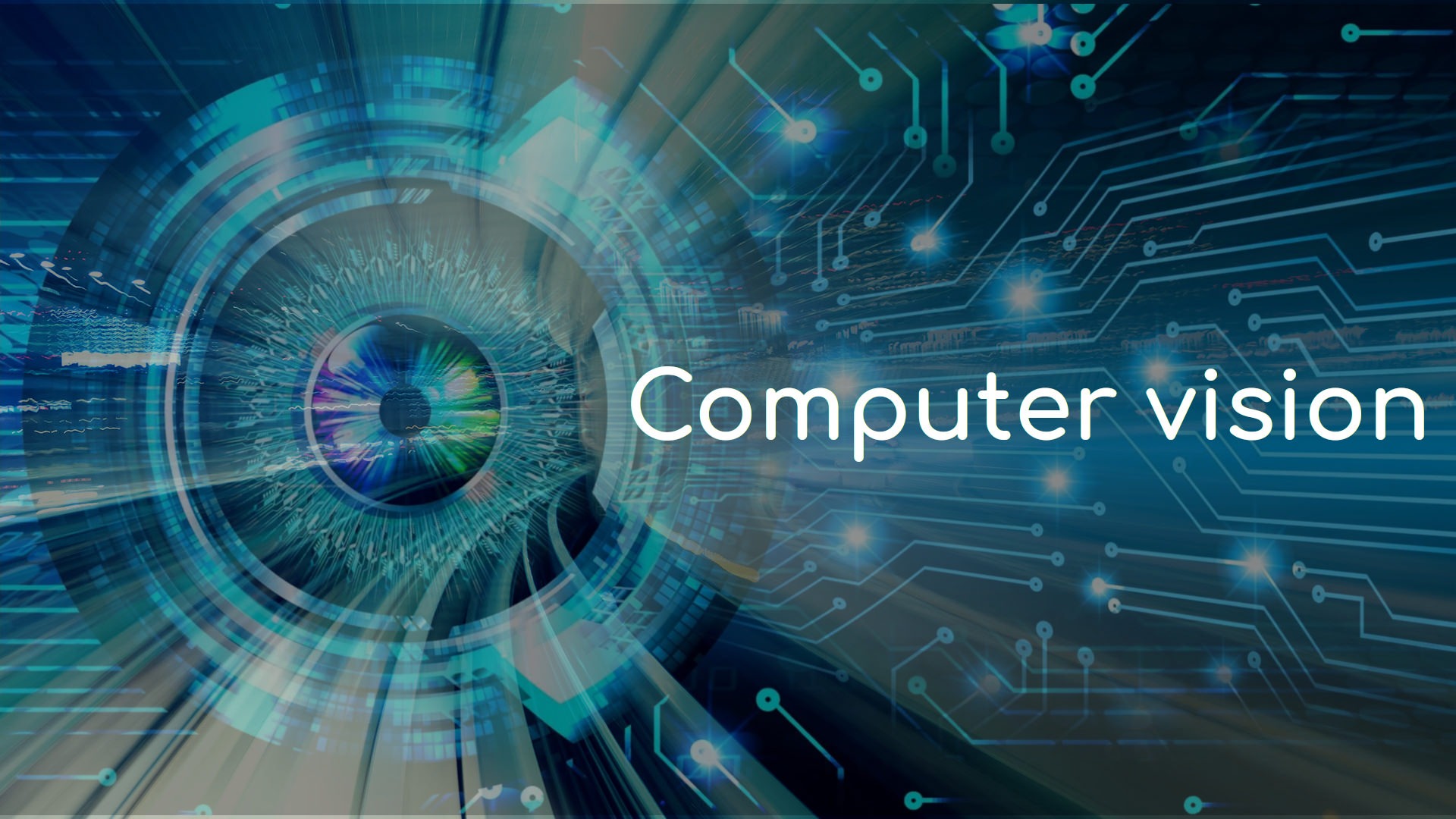An overview of computer vision technology, one of the key fields of artificial intelligence (AI), is presented in this article. By analyzing digital images, videos, and other visual input with computational methods, AI vision can derive information that can be used to take action or make decisions. Currently, computer vision systems use deep learning and machine learning techniques. A computer vision pipeline is the result of combining different software (e.g. OpenCV or OpenVINO) with AI algorithms.
What Is Computer Vision?
Computer vision technology (CV) deals with computational methods for understanding and interpreting digital images and videos. It is a field of Artificial Intelligence (AI). In other words, computer vision is concerned with making computers see and understand visual data input from cameras and sensors.
Computer Vision vs. Human Vision
The goal of computer vision technology is to enable computers to perceive visual stimuli in a meaningful manner by artificially mimicking human vision. Machine perception, or machine vision, is also called machine perception. Despite the ease with which humans can solve the problem of “vision” (even children), computational vision remains one of the most challenging fields in computer science, especially given the complexity of the varying physical world. In order to identify specific objects or recognize individuals in visual scenes, human sight is based on a lifetime of learning with context. Machine learning and deep learning methods are used to train machines to recognize objects, faces, or people in visual scenes using artificial vision technology.
What Is the Value of Computer Vision?
A computer vision system analyzes thousands of products or processes in real-time to identify defects or issues in products, infrastructure, or production assets. Compared to human capabilities, it is fast, objective, continuous, accurate, and scalable. In real-world image recognition tasks such as facial recognition, object detection, and image classification, deep learning models achieve above-human accuracy and performance.
Computer Vision Platform to Build Applications
Computer vision platform Viso Suite allows leading organizations worldwide to build, scale, and operate AI vision applications. With Viso, complex deep learning applications can be developed and maintained with no-code and low-code capabilities. The Viso platform supports the entire lifecycle of computer vision, from image annotation and model training to visual development, one-click deployment, and scaling to hundreds of cameras. Platforms with zero-trust security and privacy-preserving AI are crucial for business applications.
A Practical Example of Computer Vision
To train a deep learning algorithm that can recognize images accurately, computer vision machine learning requires a lot of data. To learn the characteristics of a helmet, a computer needs to be fed many images of people wearing helmets in different scenes to train it to recognize them. As a next step, the trained algorithm can be applied to newly generated images, such as surveillance camera videos, to recognize helmets.
How Computer Vision Technology Works
Deep learning, a subset of machine learning, is used to train algorithms for computer vision. A convolutional neural network (CNN) is the basis of many high-performing methods in modern computer vision software. Layered neural networks enable computers to understand the context of visual data from images. The computer can learn to differentiate between images if there is enough data available. The computer applies a CNN to image data as it passes through the model.





